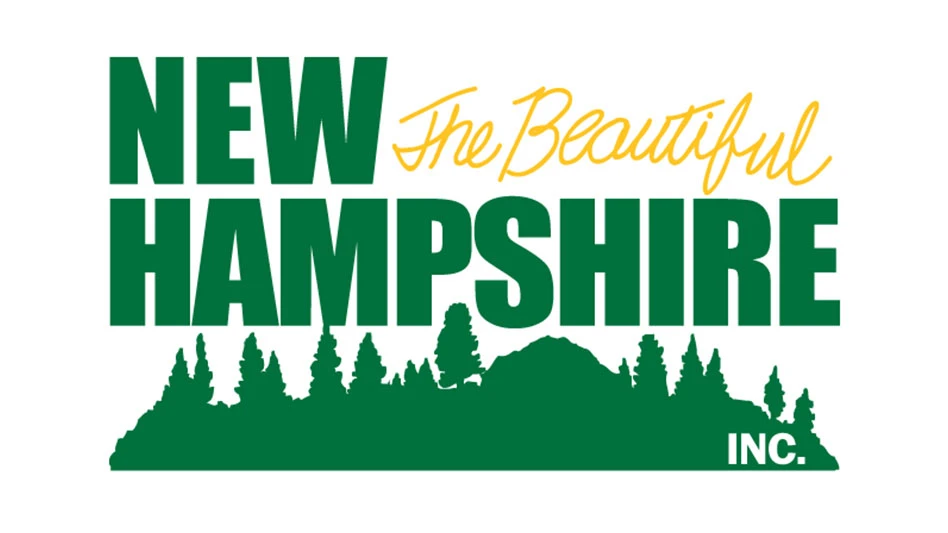
Shutterstock
The COVID-19 pandemic has increased demand for single-use packaging and personal protective equipment (PPE) made from plastics. At the same time, the supply of polyolefins, such as polypropylene, high-density polyethylene (HDPE) and polyethylene terephthalate (PET) have been reduced as hurricanes and winter weather have affected virgin production along the Gulf Coast.
Joel Morales, the Houston-based executive director of Polyolefins Americas at IHS Markit, said the pandemic resulted in a great deal of demand for polyethylene in 2020. Morales spoke during the Resin Market Update at the 2021 Plastics Recycling Conference, which is taking place online April 7-8.
While many industries braced for a “really bad year” in 2020 because of the pandemic, Morales said the opposite happened for a number of industries, including plastics, which contributed to pricing power and margin growth for virgin resin producers.
He added that he expects margin resiliency and pricing power in the virgin polyethylene (PE) sector to dissipate as new capacity begins to come online, with the impact expected to hit midyear.
Morales said sustainability “took a back seat in 2020” as protecting people from the coronavirus took priority, increasing consumption of single-use plastic packaging and demand for plastics used in hygiene and medical applications.
That increased demand was met by tighter supply that was exacerbated by hurricanes and winter weather that affected resin producers along the Gulf Coast. Although sufficient nameplate capacity was available, he said it “couldn’t run fully” because of these events and social distancing measures meant to safeguard employees. “Supply was unable to keep up with demand.”
Morales added that he expects markets to enter oversupply, with global PE prices correcting in the second half of the year. While no real capacity will be added this year, Morales said significant capacity will come online in 2022 that will put pressure on markets.
Virgin polypropylene (PP) production also was affected by the weather along the Gulf Coast, with Morales saying that producers have only just recently started to get closer to operating at full capacity.
China is expected to have major implications on global trends for PE, he said. “As China goes, the rest of the world goes.” Morales noted that there was a 10 percent increase in PE demand in China in 2020.
China also will be a major contributor of new PP capacity, Morales said, affecting global markets.
While demand exceeded expectations in 2020 in Canada and the U.S., PE demand growth was more modest at 2 percent.
Morales said natural HDPE postconsumer resin (PCR) is a “premium, specialty product that has taken off in the last year” in terms of pricing. He said the shortage in prime material also contributed to the increase in demand and pricing for the material in the last year.
Morales added that he believes the historic run on natural HDPE PCR prices will end soon as virgin pricing recedes. “I don’t expect the drop in virgin will be seen one for one on the natural HDPE side.”
PP PCR also is expected to decrease in pricing as virgin demand catches up, Morales said. He expects the decrease to be 60 percent that of the decrease in virgin pricing. “Polypropylene is not the easiest product to sort and collect,” he added. “People are not going to be using [PP PCR] because they are trying to save money over virgin.”
As with PE, virgin PP capacity in North America was unavailable in the last year because of the pandemic and weather-related issues. This is contributing to record spreads for recycled PP, Morales he said. He added that new virgin PP capacity will not come online until this time next year. The market has been sold out since August of last year and will remain sold out through the second half of May or June.
Also presenting during the session was Martin Wiesweg, executive director of Polymers EMEA at IHS Markit, who is based in Germany. He addressed PET markets.
Like HDPE and PP, PET also enjoyed an increase in global consumption in 2020, he said. Demand for PET is expected to double in the next decade, led by China as well as by Southeast Asia, the Indian subcontinent and Africa.
Wiesweg said 56 percent of postconsumer PET bottles are collected for recycling globally, totaling 12.5 million metric tons in 2019. In China and the rest of Asia, an informal “army of collectors” is helping to capture this material for recycling. He predicted that by 2028, 21.5 million metric tons of PET bottles, or 66 percent, will be collected for recycling.
Fiber continues to absorb the lion’s share of recovered PET, he said, with bottle-to-bottle recycling accounting for 17 percent of global demand. Wiesweg said fiber markets will continue to dominate PCR demand, noting that bottle-to-bottle recyclers basically have to buy this material away from the fiber producers who could consume all the material generated.
Weisweg predicted that recycled PET (rPET) will continue to displace virgin PET in Europe, adding that rPET profitability remains strong in Europe. He also said that deposit systems are likely to become the collection model of choice globally as they yield higher quality material. He also said brand owners are likely to drive investments in collection programs.
Latest from Recycling Today
- Buy Scrap Software to showcase its software at Scrap Expo in September
- LG details recycling activities
- Algoma EAF is up and running
- Toyota-Tsusho completes acquisition of Radius Recycling
- CATL, Ellen MacArthur Foundation aim to accelerate circular battery economy
- Commentary: Expanded polystyrene is 98 percent air, 2 percent plastic and 100 percent misunderstood
- AMCS appoints general manager for North America
- How tariffs, regulations affect LIBs recycling in US, EU





